
+100 questions about the solar system [Test]
How much do you think you know about him Solar system? If you are passionate about the Sun, planets, celestial bodies, comets, satellites and other astronomical objects, we have a series of questions that will value your knowledge about this area of science.
In this article you will find more than 100 questions, so you can spend some time entertaining alone or with your friends, how many will you be able to answer without help from anyone? We are sure that you will discover a lot of new data that will surprise you. You may also be interested in our general culture quiz.
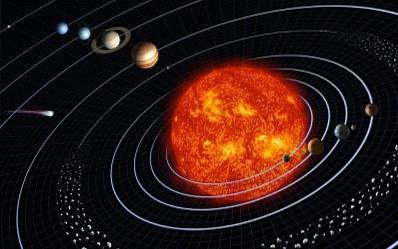
Solar system question list
How many planets make up the solar system?
Answer
Eight: Mercury, Venus, Earth, Mars, Jupiter, Saturn, Uranus, and Neptune. On August 24, 2006, the International Astronomical Union (IAU) excluded Pluto as a planet from the solar system and classified it as a dwarf planet..
Will the sun ever cease to exist?
Answer
Yes, like every star, it will exhaust its fuel until it dies down.
Which planet has the hottest atmosphere in the solar system?
Answer
Venus, with an average temperature of 463 ° C.
What is the densest planet in the solar system?
Answer
Planet Earth, with a density of 5.52 grams per cubic centimeter.
What is noted in the picture?
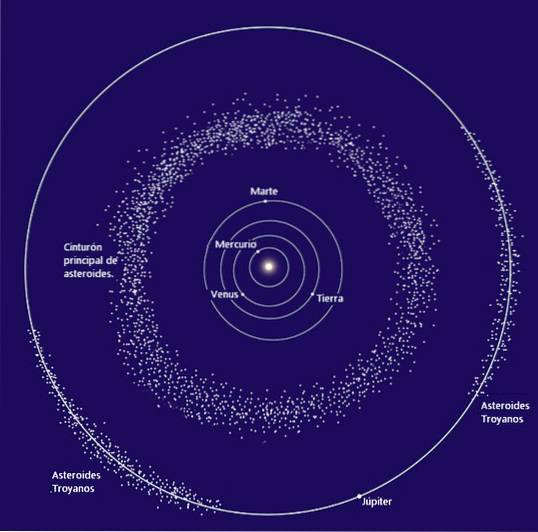
Answer
The asteroid belt, located between Mars and Jupiter.
What is the oldest planet in the solar system?
Answer
Jupiter, its solid core formed long before the solar nebula dissipated, 4503 billion years ago.
What is the second smallest planet in the solar system?
Answer
Mars, with a radius of 3389 km, Mercury being the first with a radius of 2439 km.
How many dwarf planets does the solar system have?
Answer
five dwarf planets, these are: Ceres, Pluto, Haumea, Eris and Makemake.
How many planets in the solar system have rings?
Answer
Four, these are Jupiter, Saturn, Uranus and Neptune.
How long does it take for sunlight to reach planet earth?
Answer
8 minutes and 20 seconds.
What is the largest natural satellite in the entire solar system?
Answer
Ganymede, one of the satellites of Jupiter.
What is this planet?
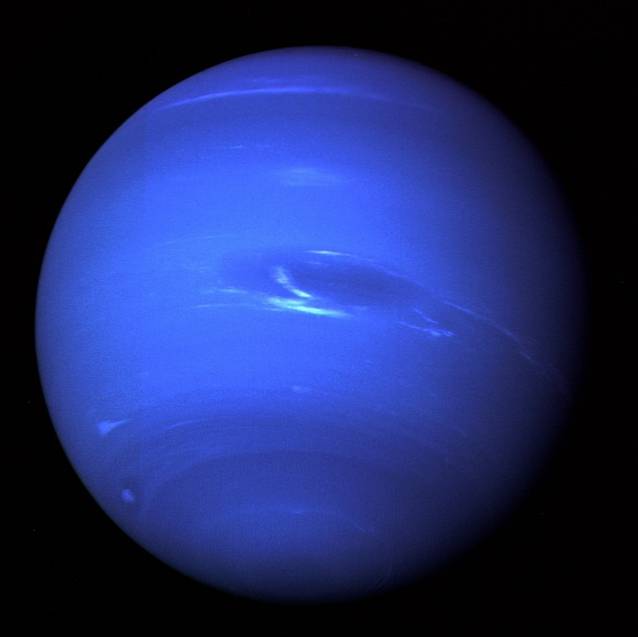
Answer
Neptune.
What are the so-called "Gaseous Giants" planets??
Answer
Jupiter, Saturn, Uranus and Neptune.
What is the planet most similar to Earth in size, mass, and composition?
Answer
Venus, usually called sister planets.
What is the most radioactive planet in the solar system?
Answer
Jupiter.
Which planet in the solar system is considered the coldest?
Answer
Uranus, reaching temperatures of -226 ° C.
Which planet has a longer year, Earth or Mars?
Answer
Mars, has a year that lasts 686 days.
Which planet in the solar system has the atmosphere with the most oxygen?
Answer
Planet Earth.
What are the so-called "rocky" planets of the solar system?
Answer
Mercury, Venus, Earth and Mars.
What is illustrated in the picture?
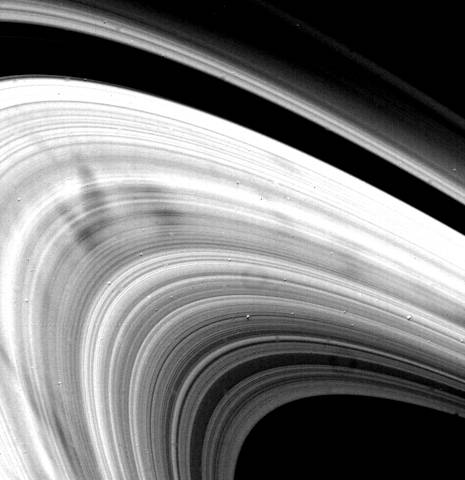
Answer
Saturn's rings.
What is the unit used to measure distance in the solar system?
Answer
The Astronomical Unit, equivalent to the Earth-Sun distance.
On which planet are the strongest winds in the solar system??
Answer
On Neptune, at speeds of 2000 km / hour.
What is the main element that makes up the core of planet Earth?
Answer
Iron is believed to make up more than 80% of the entire nucleus.
How many natural satellites does the planet Mars have??
Answer
Two satellites, called Phobos and Deimos.
What is the farthest planet from the sun?
Answer
Neptune.
What planets in the solar system do not have natural satellites?
Answer
Mercury and Venus.
Which planet has the shortest day in the solar system?
Answer
Jupiter, the rotation of this planet lasts 9 hours and 55 minutes.
What solar phenomenon can be seen in the image?
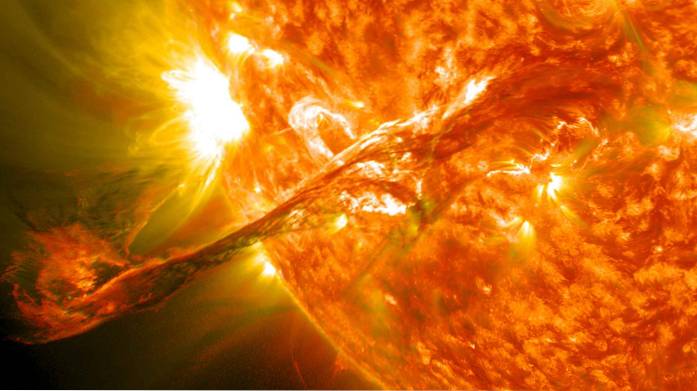
Answer
A solar tornado.
What is the planet closest to the sun?
Answer
Mercury, with a distance of 57 million km to the sun.
What is the only planet in the solar system with a ring system visible from Earth??
Answer
Saturn.
The sun concentrates 99% of the mass of the solar system. True or false?
Answer
True.
What is the third planet in the solar system?
Answer
Planet Earth.
In what part of the planet earth can we find the same temperature of the solar surface?
Answer
At its core.
What is the largest source of electromagnetic radiation in the solar system?
Answer
Sun.
What is the least dense planet in the solar system?
Answer
Saturn, with a density of 0.63 g / cm3, even lower than that of water.
To which planet do the so-called Galilean satellites?
Answer
To Jupiter, and there are four.
What is the name of this satellite of Uranus?
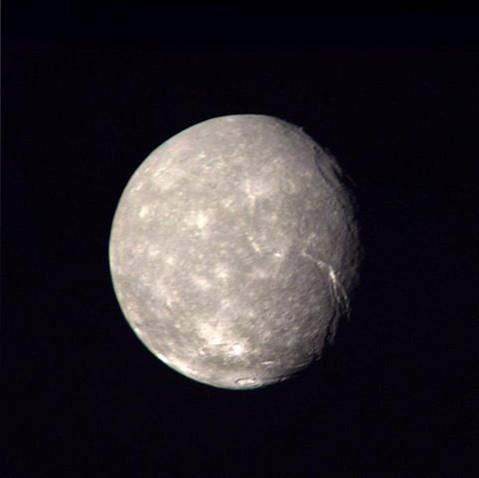
Answer
It's called Titania.
How is Jupiter's largest vortex known?
Answer
Great Red Spot, a giant storm with more than 300 years of existence.
From what does the planet Neptune derive its name?
Answer
Of the god of the sea in Roman mythology.
What is the only planet from where you can see the total eclipses of the sun?
Answer
Planet Earth.
What are the main elements in the atmosphere of Uranus?
Answer
Hydrogen and Helium.
What region is indicated in the image?
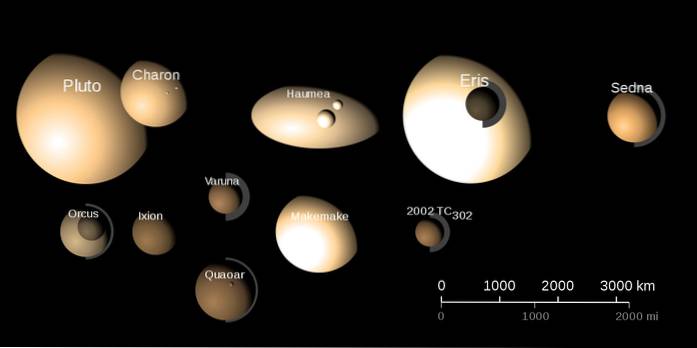
Answer
The trans-Neptunian region.
Jupiter has an inner layer of metallic hydrogen. True or false?
Answer
True.
What is the name of the largest natural satellite of Saturn?
Answer
Titan.
What can be seen in the image?
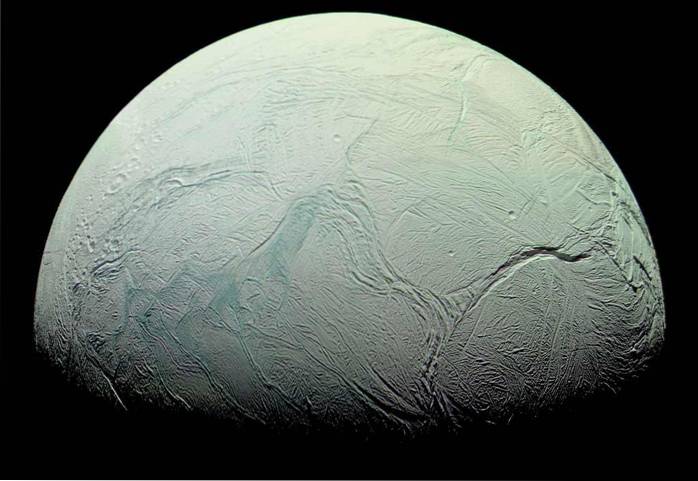
Answer
The famous Geysers of Enceladus, the sixth largest satellite of Saturn.
What is the main compound of the atmosphere of Venus?
Answer
Carbon dioxide and, to a lesser extent, nitrogen.
How many rings does Saturn have?
Answer
Saturn has a 4 ring system.
Which planet in the solar system is covered by 70% liquid water??
Answer
The planet Earth, with stable sustainable reserves for life.
Which planet describes the most circular orbit in the solar system?
Answer
Venus, unlike the other planets that describe completely elliptical orbits.
What is illustrated in the picture?
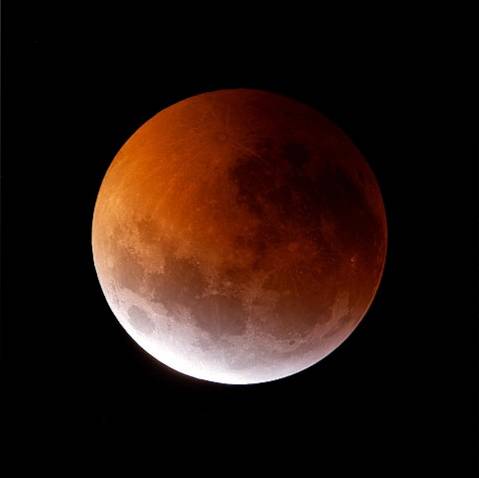
Answer
A lunar eclipse.
Which of the five dwarf planets was considered a planet in the solar system?
Answer
Pluto, but in 2006 it was decided that it did not meet the conditions of a planet.
What is the only comet that man can see with the naked eye without a telescope?
Answer
Halley's Comet, which circles the sun every 75-76 years.
What is the name of the yellow body in the picture?
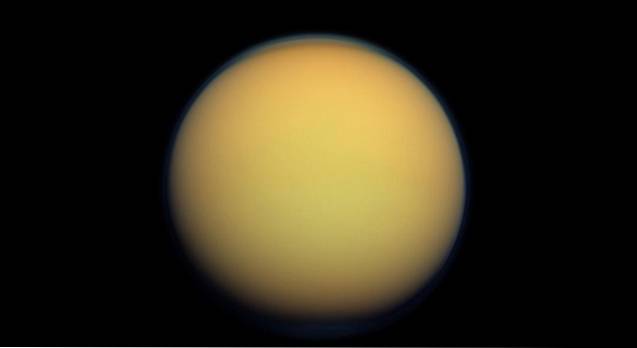
Answer
Titan, one of Saturn's satellites.
What is the name of the disk that orbits the sun beyond Neptune, made up of space rocks?
Answer
Kuiper Belt.
What is this planet?
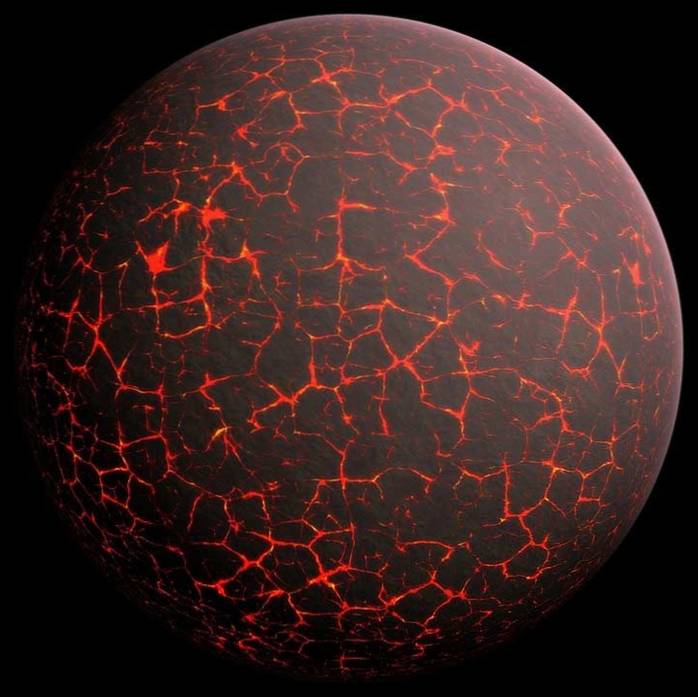
Answer
Mercury. Note the countless craters produced by the meteorite impact.
What is the planet in the solar system with the longest rotation period?
Answer
Venus, one day on Venus equals 243 Earth days.
How many satellites have been identified so far orbiting Saturn?
Answer
62 with safe orbits, although more have been observed.
Jupiter's clouds are made up of copper and gold crystals. True or false?
Answer
False, they are made up of ammonium crystals.
The photo shows the surface of a planet. Which one?
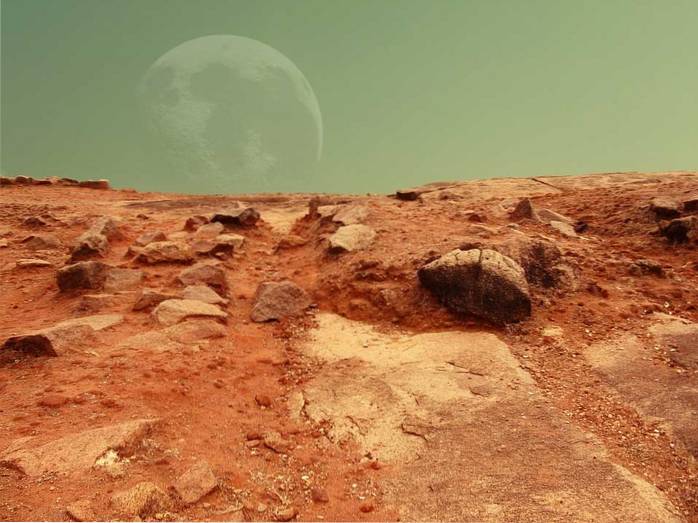
Answer
From Mars.
Which planet in the solar system has the greatest gravitational pull?
Answer
Jupiter, which is about 318 times larger than Earth's.
What planet is commonly called "Evening Star"?
Answer
The planet Venus, is mostly visible during twilight.
How many known natural satellites of Uranus?
Answer
Twenty seven satellites.
What planets were discovered with the use of telescopes?
Answer
Uranus and Neptune, difficult to see with the naked eye.
Which planet in the solar system has a surface very similar to the moon (Earth's satellite)?
Answer
Mercury, has a rocky body and marked with craters.
What is shown in the picture?
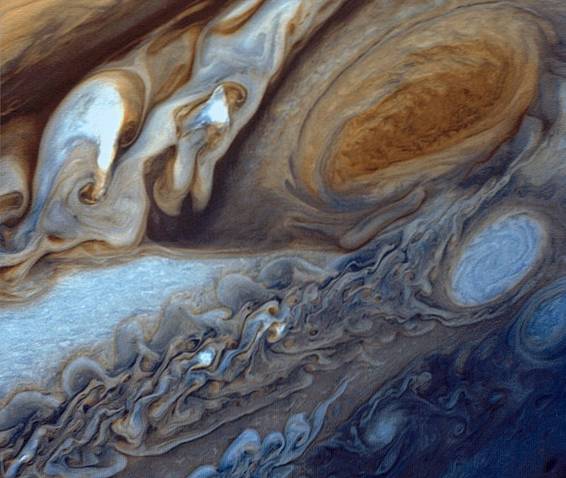
Answer
Jupiter's Great Red Spot.
On which planet in the solar system is the Double Sunrises phenomenon found??
Answer
On Mercury, where the sun rises, sets, and rises again.
What is the largest natural satellite of Neptune?
Answer
Triton, one of the coldest places in the solar system.
What is the smallest planet of the so-called "Gas Giants"?
Answer
Neptune, with a radius of 24,764 km.
What planet does this satellite belong to?
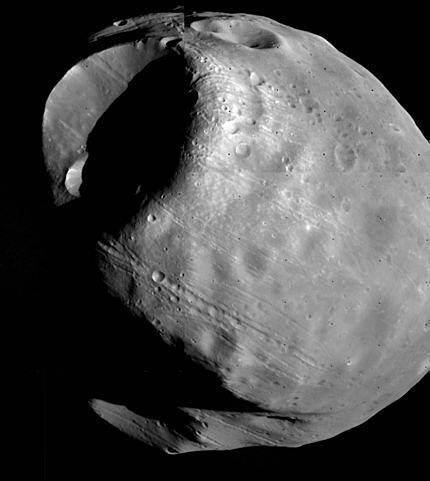
Answer
To Mars, it is the Phobos satellite.
What is the largest of the dwarf planets?
Answer
Pluto, with a diameter of 2370 km.
On which planet in the solar system are the largest dust storms found??
Answer
On Mars, they can span the entire planet.
Which planet in the solar system is orbiting the sun on its side or tilted?
Answer
Uranus, which has a notable inclination, the product of a hypothetical collision.
On which planet are the deepest valleys?
Answer
On Mars, there are the Valles Marineris with depths of up to 10,000 kilometers.
What can be seen in the image?
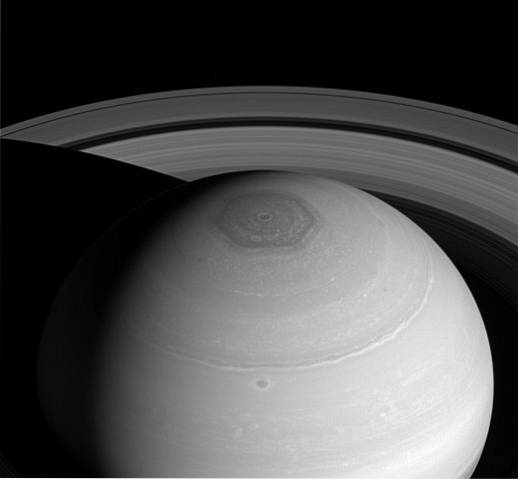
Answer
The hexagon of Saturn, a gaseous formation that surrounds the north pole.
What is the astronomical event called when Venus or Mercury passes directly between the sun and the Earth?
Answer
It is called the Transit of Venus or Mercury, as the case may be..
What is the name of this satellite of Jupiter?
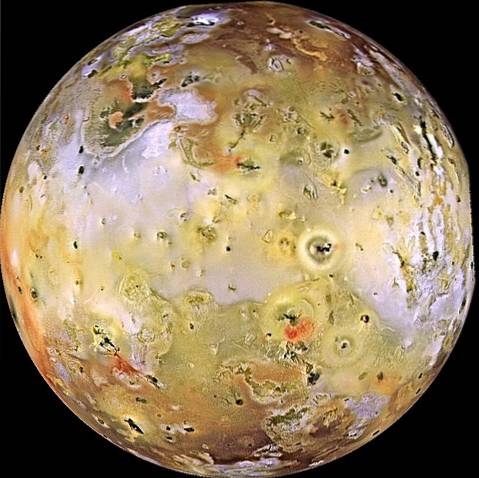
Answer
It's called Io.
What is the main element in Jupiter's atmosphere?
Answer
Hydrogen, occupies 80% of its atmosphere.
On which of Saturn's satellites is the Herschel crater??
Answer
On the Mimas satellite, it is a massive impact crater.
What is this?
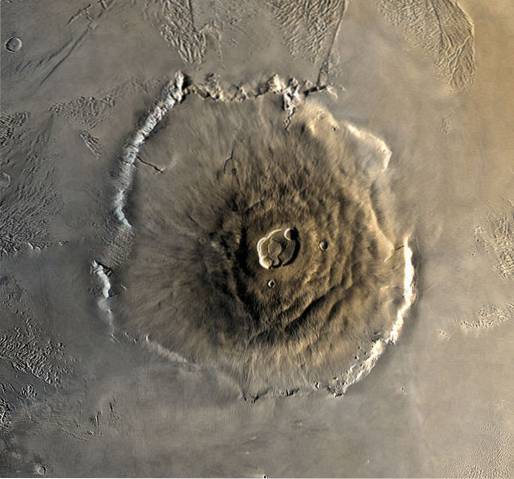
Answer
Mount Olympus on Mars, the largest volcano in the solar system.
The rotational movement of the Earth generates the seasons of the year. True or false?
Answer
False, generates the day and the night.
Which planet in the solar system has an intense greenhouse effect?
Answer
Venus, produced largely by the high concentration of sulfuric acid.
What is the name of the brightest and densest ring of Uranus?
Answer
It is called Epsilon, one of the thirteen rings of the planet.
What is this planet called?
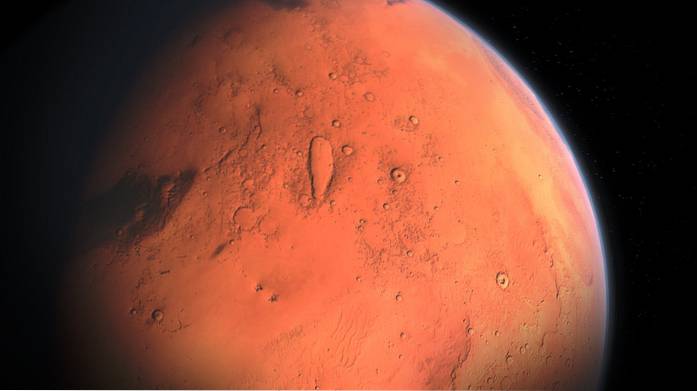
Answer
Mars, the so-called "Red Planet".
What is the largest astronomical object in the asteroid belt?
Answer
Ceres, one of the five dwarf planets.
What is the only dwarf planet that has an atmosphere?
Answer
Pluto, composed of gases toxic to humans.
What is the furthest point on Earth from the center of planet Earth?
Answer
The Chimborazo volcano.
What is illustrated in the picture?
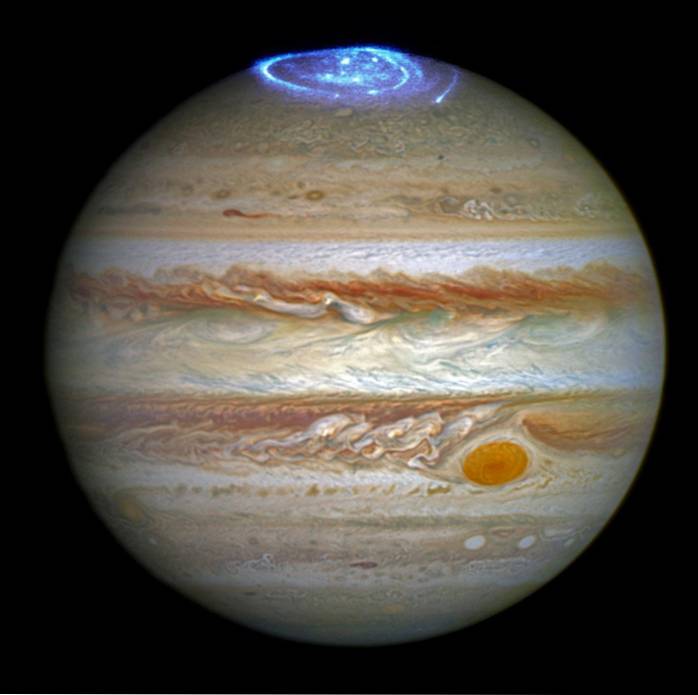
Answer
The Northern Lights on Jupiter.
Uranus's atmosphere contains ice. True or false?
Answer
True.
What are the five great moons of Uranus?
Answer
Miranda, Uriel, Ambriel, Oberon and Titania.
Every day hundreds of small meteorites fall on planet Earth. True or false?
Answer
True, they do not leave a trace due to disintegration in the atmosphere.
What is shown in the picture?
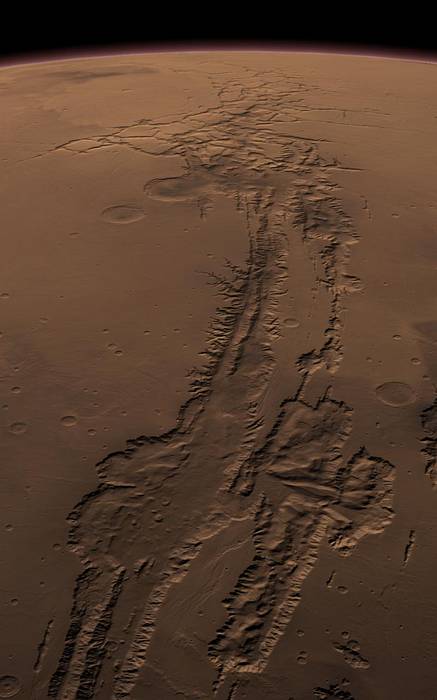
Answer
The Valles Marineris on the planet Mars.
Which planets possess abundant reserves of diamonds?
Answer
Uranus and Neptune, carbon-rich planets.
How many families of planets are there in the solar system?
Answer
Three families, the Earthlings, the Gaseous and the Dwarves.
From what phenomenon does the sun derive its energy??
Answer
Of the nuclear fusion process.
What is the name of this crater found on Mars?
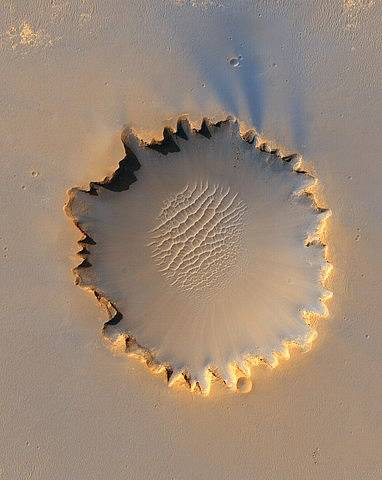
Answer
It's called Victoria Crater.
What is the only moon in the solar system that has an atmosphere?
Answer
Titan, the largest of Saturn's moons.
Saturn's rings are primarily made up of water ice. True or false?
Answer
True.
What is shown in the picture?
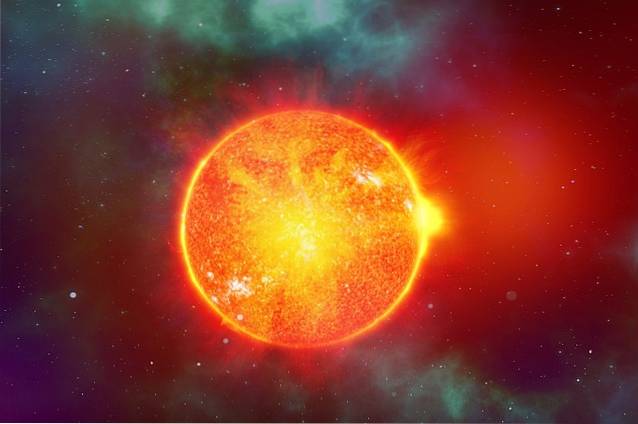
Answer
The Sun, center of the solar system.
Which of the planets in the solar system does not have an atmosphere?
Answer
Mercury.
What mechanism, extended from the sun, protects the solar system from radiation from the interstellar medium??
Answer
The Heliosphere, a spatial region that is under the influence of the solar wind.
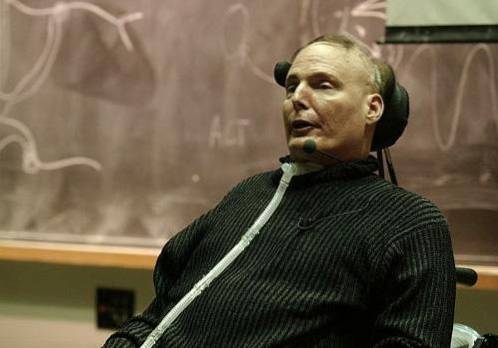


Yet No Comments